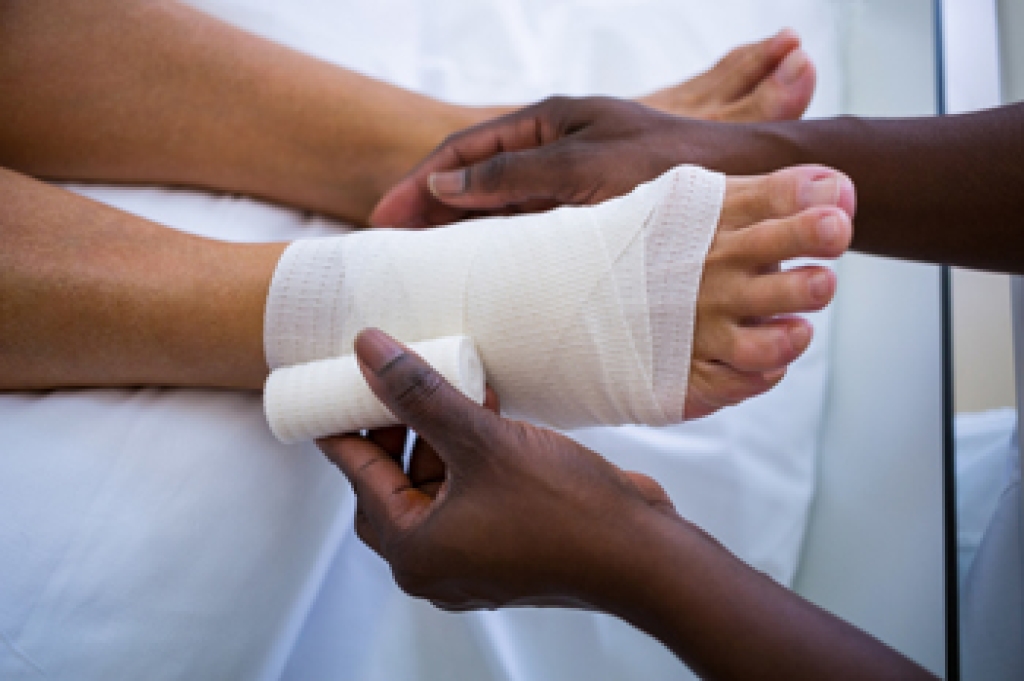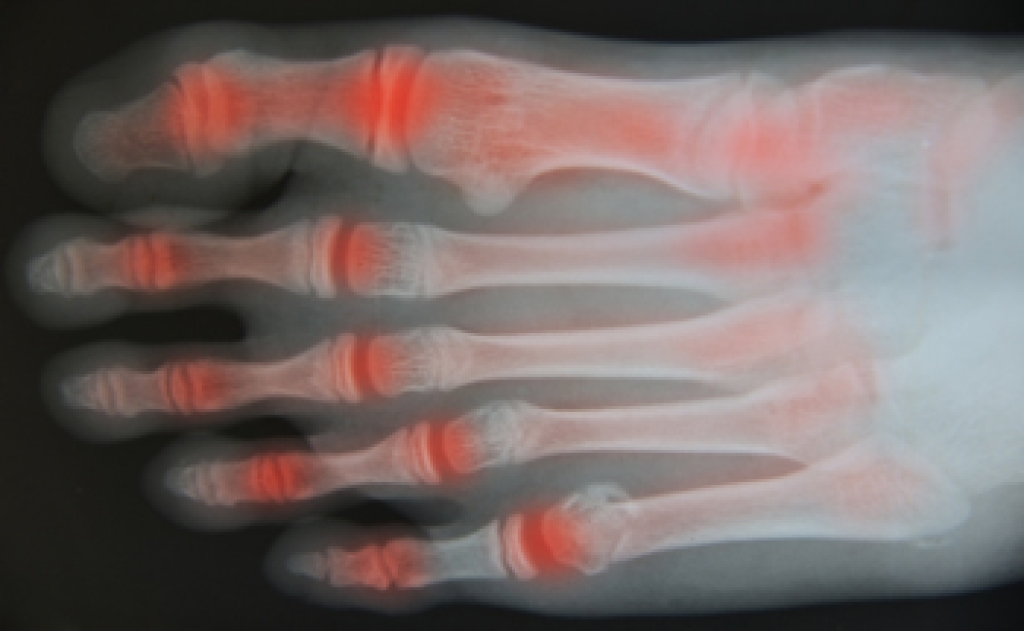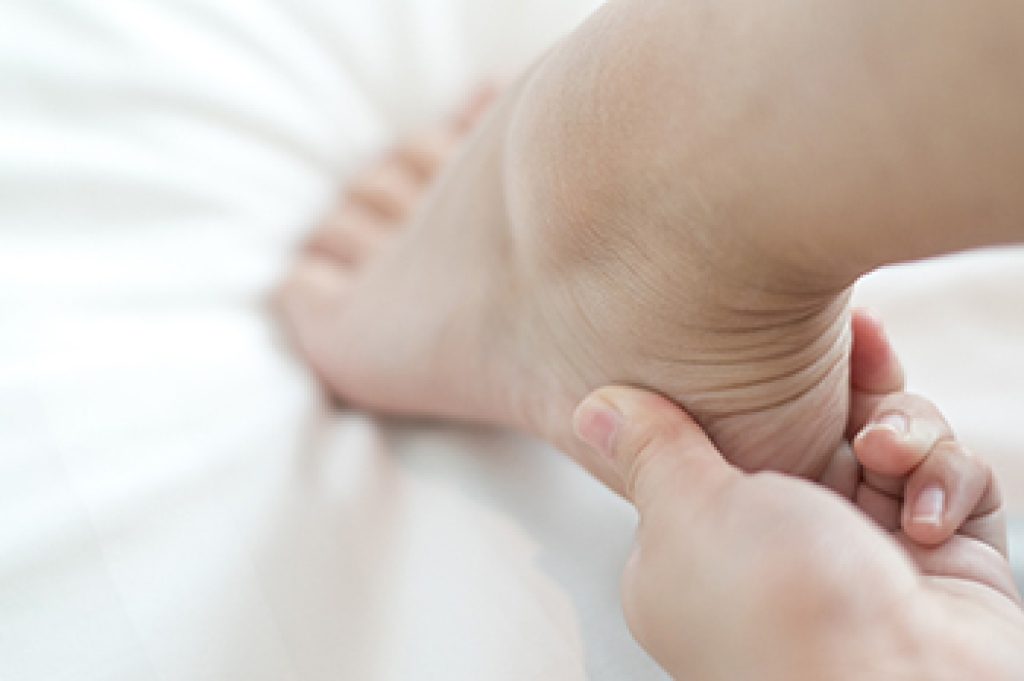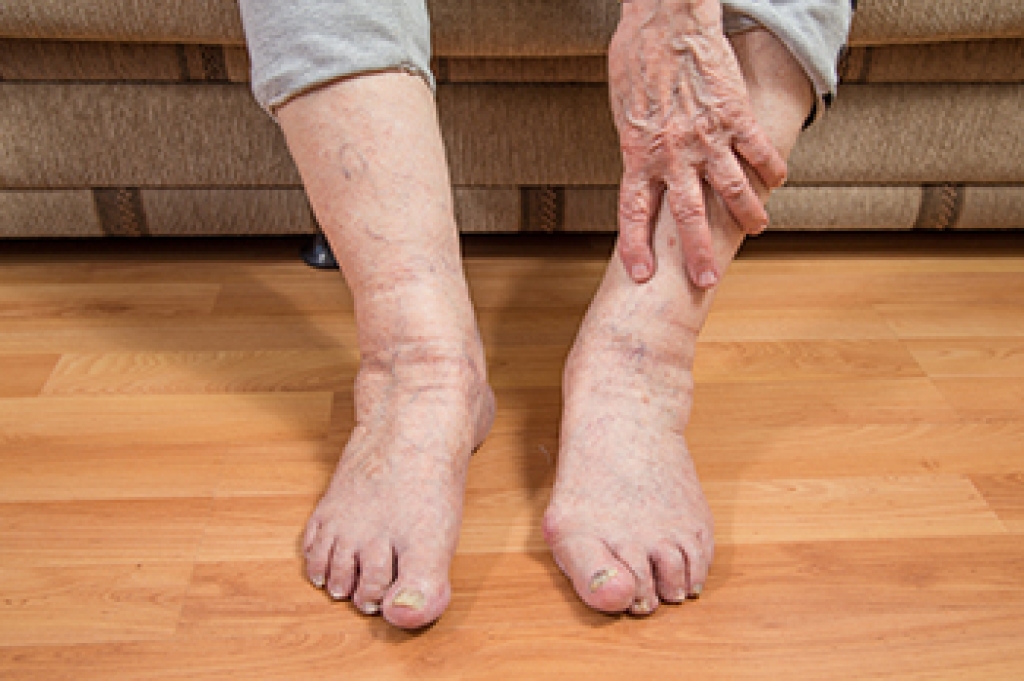
The majority of minor foot wounds are easily treated. It can begin with stopping any bleeding, and by applying pressure to it. The next step is cleaning it thoroughly by using tap water, followed by covering it with a sterile dressing. It is beneficial to use waterproof dressings so people can easily bathe or shower. Diabetic patients often develop wounds they cannot feel, generally as a result of nerve damage diabetes can cause. Wounds on these types of patients can become severe quickly, and the urgency of maintaining proper wound care is crucial in protecting the foot. There are some wounds that can be painful, and it may be helpful to take over-the-counter pain medicine, which can provide temporary relief. If you would like more information about how to care for wounds on the feet, it is suggested that you confer with a podiatrist who can provide you with helpful tips.
Wound care is an important part in dealing with diabetes. If you have diabetes and a foot wound or would like more information about wound care for diabetics, consult with Kentston Cripe, DPM from Roseville Foot & Ankle. Our doctor will assess your condition and provide you with quality foot and ankle treatment.
What Is Wound Care?
Wound care is the practice of taking proper care of a wound. This can range from the smallest to the largest of wounds. While everyone can benefit from proper wound care, it is much more important for diabetics. Diabetics often suffer from poor blood circulation which causes wounds to heal much slower than they would in a non-diabetic.
What Is the Importance of Wound Care?
While it may not seem apparent with small ulcers on the foot, for diabetics, any size ulcer can become infected. Diabetics often also suffer from neuropathy, or nerve loss. This means they might not even feel when they have an ulcer on their foot. If the wound becomes severely infected, amputation may be necessary. Therefore, it is of the upmost importance to properly care for any and all foot wounds.
How to Care for Wounds
The best way to care for foot wounds is to prevent them. For diabetics, this means daily inspections of the feet for any signs of abnormalities or ulcers. It is also recommended to see a podiatrist several times a year for a foot inspection. If you do have an ulcer, run the wound under water to clear dirt from the wound; then apply antibiotic ointment to the wound and cover with a bandage. Bandages should be changed daily and keeping pressure off the wound is smart. It is advised to see a podiatrist, who can keep an eye on it.
If you have any questions please contact our office located in Roseville, CA . We offer the newest diagnostic and treatment technologies for all your foot and ankle needs.




